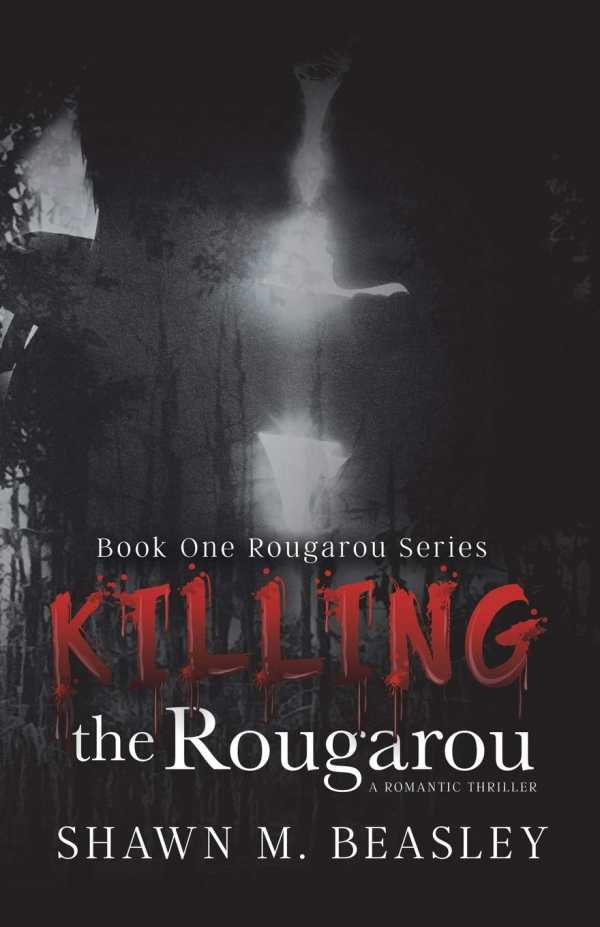Killing the Rougarou
Relatable families face serious traumas in this novel that mixes elements of a thriller with those of a romance, and tops these off with everyday events.
The rape of a little girl morphs into a hunt for her abuser in Shawn M. Beasley’s thriller Killing the Rougarou.
Life for five-year-old James Gauthier drastically changes after she’s abducted and raped. Emotional trauma lingers for her, while Markem, her abuser, serves his prison sentence. Markem is granted parole twelve years later and shows up at the Gauthiers’ Louisiana residence in search of James, who’s now living in Texas. An altercation ensues. While Markem is presumed dead, he finagles an escape and continues his pursuit. James, in the meantime, finds love with Charles Thomas, better known as Cat. As romance blooms between the two, James has no idea that Markem is tracking her every move.
While James and Cat are the novel’s featured characters, they are surrounded by a small yet supportive cast that functions mainly as foils. Most notable are James’s parents, Tally and Jessie, whose enabling roles push her to find ways to overcome her fears; her brother, Deux, who searches for Markem; and James, who helps Cat find true love.
The prologue sets the pace, beginning with the day of James’s abduction before breaking off into three sections that focus on the ordinary lives of James, Cat, and their families. The sections give the thriller balance, its tension ebbing and flowing. James’s family life drastically shifts to compensate for her abduction; these changes are juxtaposed with Markem’s devious thoughts and actions while he’s in prison. The introduction of Cat and his family is more relaxed, with Markem out of the picture. Light tension comes in through a family tragedy.
Short chapters follow the story’s chronology, and engaging dialogue captures characters’ harmoniousness and conflicts. Cat and James’s romantic scenes vary between being suggestive and explicit. Period details follow the characters through the 1950s, 1960s, and 1970s. Cajun folklore plays in, too, involving the rougarou, or werewolf.
The writing style shifts as the scenes do. It is light and airy when it comes to detailing the families’ lives and tense and suspenseful when they are dealing with their various traumas. James and Cat’s relationship is steamily detailed. The perverse and demented thought processes and actions of Markem are captured in language that is appropriately dark. There’s a lot of variety here, and the mix often holds interest, though scenes related to everyday family life impede the story’s flow; the thriller sections move more naturally.
Killing the Rougarou mixes a variety of elements. It is, at various times, a suspense novel, a romance, and a story with human interest leanings.
Reviewed by
Anita Lock
Disclosure: This article is not an endorsement, but a review. The publisher of this book provided free copies of the book and paid a small fee to have their book reviewed by a professional reviewer. Foreword Reviews and Clarion Reviews make no guarantee that the publisher will receive a positive review. Foreword Magazine, Inc. is disclosing this in accordance with the Federal Trade Commission’s 16 CFR, Part 255.

